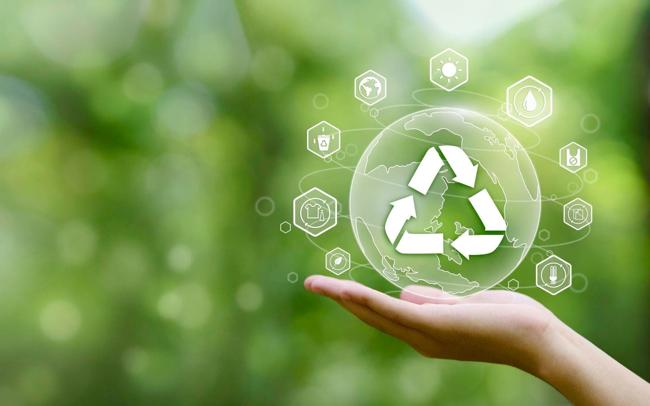Summary
Researchers have created a new plant-based material that could become a strong contender for a plastic replacement.
Source: BGR

AI News Q&A (Free Content)
Q1: What are bioplastics and how do they differ from conventional plastics?
A1: Bioplastics are plastic materials derived from renewable biomass sources such as corn starch, cellulose, and vegetable fats. Unlike conventional plastics made from fossil fuels, bioplastics can be biodegradable and have a smaller carbon footprint. However, the distinction can be complex since some bioplastics are durable, like Bio-PET, and some fossil-based plastics can be biodegradable.
Q2: How can plant-based bioplastics contribute to reducing plastic pollution?
A2: Plant-based bioplastics can reduce plastic pollution by providing biodegradable alternatives to traditional plastics, thus decreasing the accumulation of persistent waste in the environment. They can be recycled or composted under suitable conditions, contributing to a circular economy.
Q3: What are some of the promising plant-based materials identified as potential plastic replacements?
A3: Researchers have identified polyhydroxyalkanoates (PHAs) as promising plant-based materials that can replace conventional plastics. These bioplastics offer biodegradability and can be synthesized through more sustainable methods, potentially replacing up to 75% of the world's plastic production.
Q4: What are the challenges associated with recycling bioplastics?
A4: Recycling bioplastics poses challenges such as increased sorting costs and reduced quality of recyclates due to the mixing of biodegradable and non-biodegradable plastics. It requires separate recycling streams to handle different types of bioplastics efficiently.
Q5: How does the production of bioplastics impact the carbon footprint compared to fossil-based plastics?
A5: Bioplastics often have a lower carbon footprint than fossil-based plastics when biomass is used both as the raw material and for energy production. However, some bioplastic production processes can be less efficient, resulting in a higher carbon footprint.
Q6: What are the potential environmental impacts of bioplastics?
A6: Bioplastics can reduce dependency on fossil fuels and lower greenhouse gas emissions. However, their environmental impact depends on factors like source material, production efficiency, and end-of-life disposal. Proper management and recycling are crucial to minimize potential negative effects.
Q7: What innovations are being explored to enhance the properties of plant-based plastics?
A7: Innovations include the use of multitask deep neural network property predictors to identify novel PHA-based bioplastics with desirable properties. These developments aim to create bioplastics that can match or exceed the performance of traditional plastics in various applications.
References:
- Bioplastic
- Bioplastic Design using Multitask Deep Neural Networks




